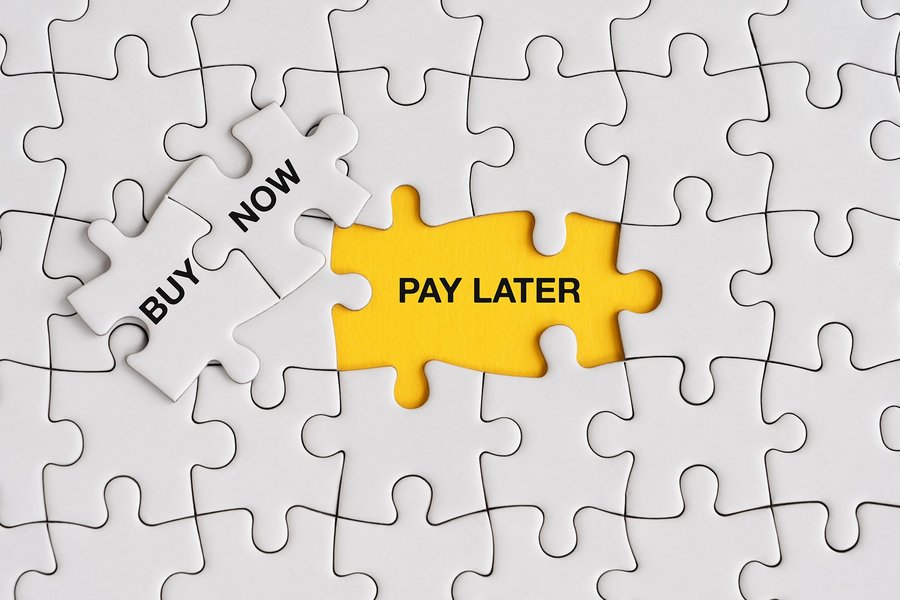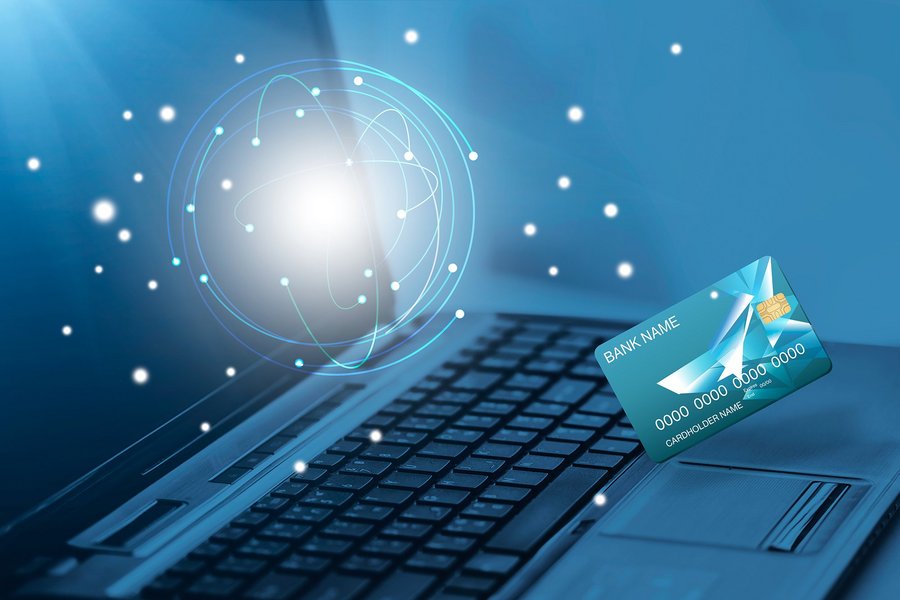It’s no secret that many traditional retailers have had a difficult time recently. Bricks-and-mortar stores, including those belonging to the best-known and most successful global brands, have suffered from enforced closures, a challenging macroeconomic environment, and customer behavior that has changed dramatically.
As we start to emerge from the pandemic, introducing or improving a payment and loyalty program can make a real difference to retailers. Successful loyalty schemes can help to win new customers and increase engagement with existing ones. Marrying a closed-loop payment system with a well-crafted loyalty program can improve both the customer experience and a brand’s financial performance.
Starbucks saw global store sales decline 5% between October and December 2020, mainly due to COVID-19. However, the number of active members in its Rewards loyalty program in the US grew by 15% to 21.8 million in the same period. This followed a recent update that enabled members to make payments without having to use a physical card. 1





